When you begin playing Flesh and Blood, attack reactions feel so powerful. They take a blocked-out attack and push it over the top, landing unexpected damage that's nearly impossible to avoid. Many of us vividly recall games won or lost because of a Razor Reflex or even a cheeky Lunging Press.
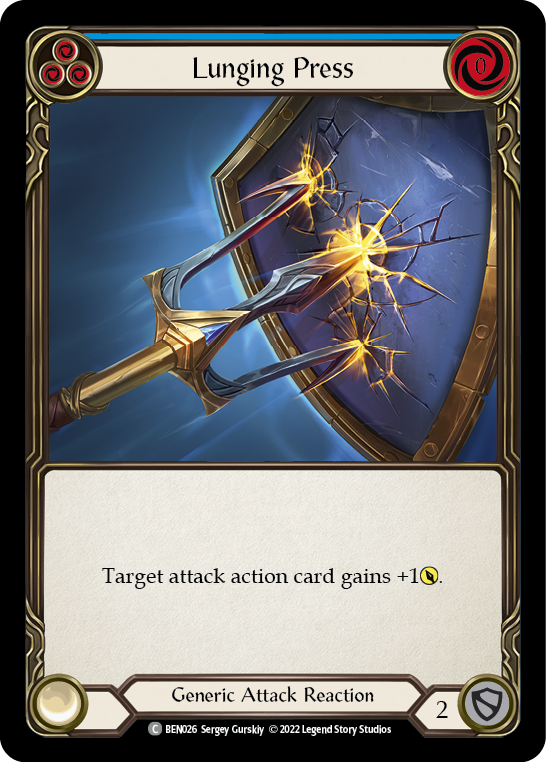

But as experience adds context to the past, attack reactions lose their prominence; and as more cards get added each set, generic attack reactions get cut from deck lists in favor of synergistic options. Defense reactions remain a staple, so why are attack reactions a specialty cardtype? Were we valuing them wrong? Are we overlooking them now?
The Essence of a Reaction
The core gameplay of FAB begins with an attack action, followed by any number of cards being used to defend against it. I attack for 6, you defend for 5, you take 1 damage. That's combat.
Reactions add a wrinkle to that. Now when I attack for 5, and you block for 5, there's uncertainty over whether that's the end of it. The decision to take damage or not is no longer firmly in the defender's hands. I may play an attack reaction and raise my attack to 6; you may, in turn, play a defense reaction and raise your defense to 8.
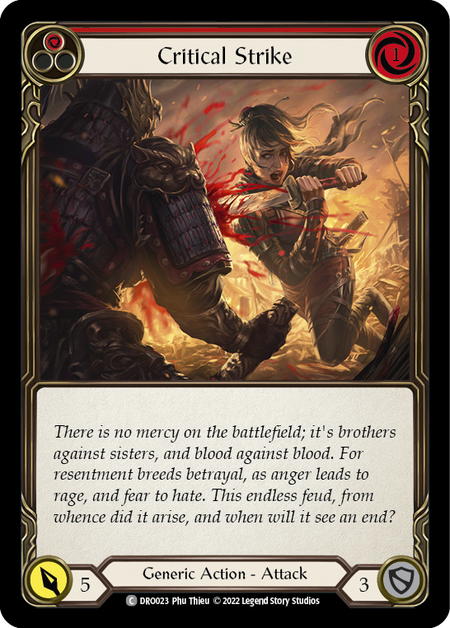

But when we focus squarely on the core gameplay, reactions simply adjust numbers, and in the end the attack will resolve and we'll see how much damage - if any - the defender takes.
To that end, reactions aren't all that different from second attacks, mathematically. If I play a 5 with go again, and you block for 5, and I follow up with a 1 and you block for 3, the entire sequence still resulted in you taking no damage while defending with 3 cards.
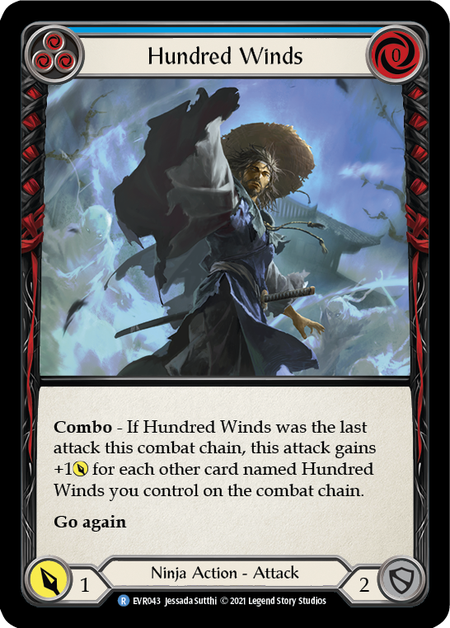
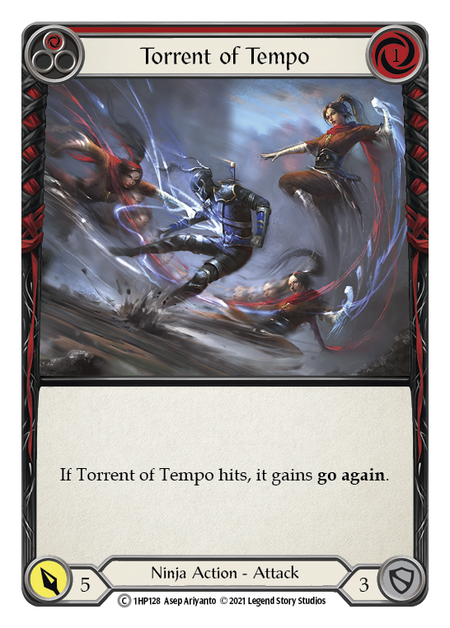
This is, of course, grossly simplifying it, which is appropriate to do when we're discussing the essence of a card type. The logical next question becomes, how does the design of the game make it matter?
When the Reaction Matters
Of course, the quintessential 'reaction that counts' is the death blow, when blocking would keep you alive but they reacted over the top. Perhaps the most famous for this is Katsu, whose 'Kodachi lock' became one of the game's earliest bits of jargon: bring them to 1 health, and they have to block everything, until Razor Reflex turns that 1 into a 4 for the kill.

But to kill someone with a reaction, you need to draw that reaction at a moment where their health is low enough. That Razor Reflex isn't nearly as significant when you draw it in your opening hand; no one's terribly impressed when you spend an extra card and an extra resource to deal 4 with your weapon.
To justify reactions, you need to increase the situations where the binary result of "Hit: Yes or No" matters a lot. This is most obviously seen with on-hit effects.
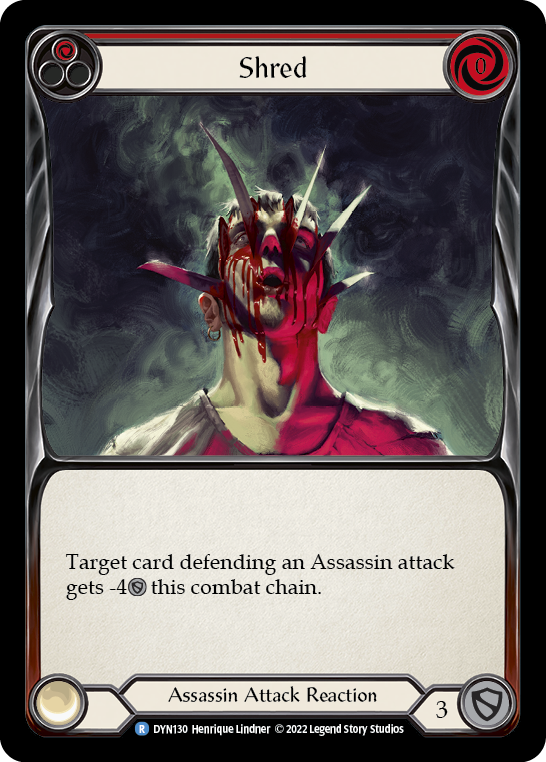
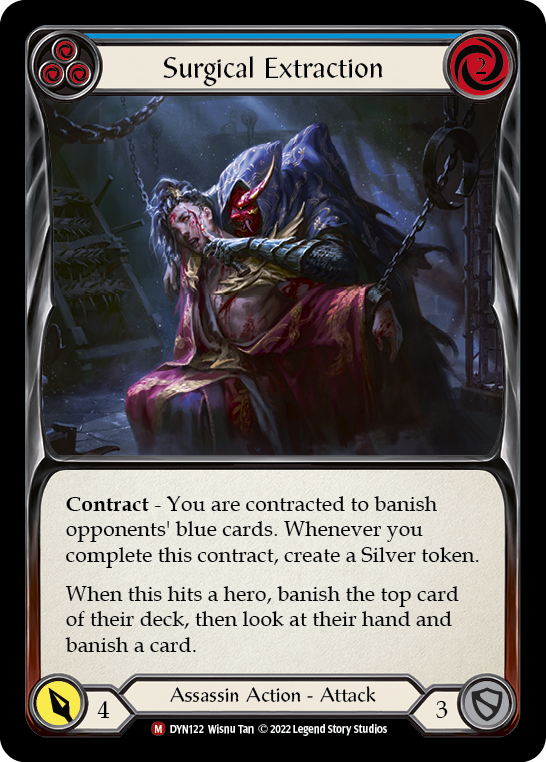
Assassins are an excellent example of this. The typical Contract attack will banish a card from the top of the deck on hit; and if that card has a certain attribute, we get Silver (which lets us buy back our equipment, but also lets us cycle blue cards that come up at the wrong time). A card like Surgical Extraction also layers on a punishing second effect. Ensuring this attack hits is critical to the success of an Assassin's gameplan.
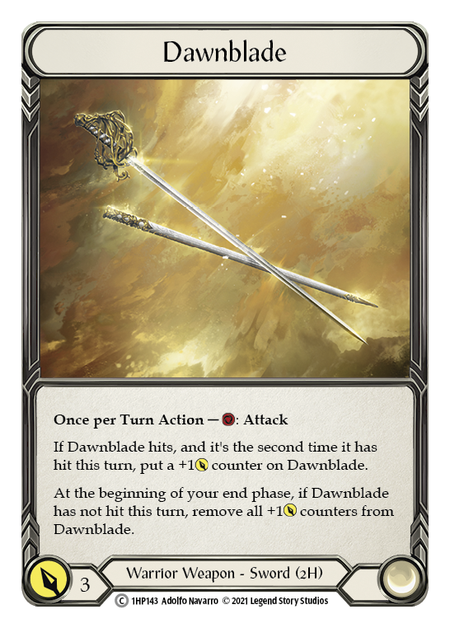
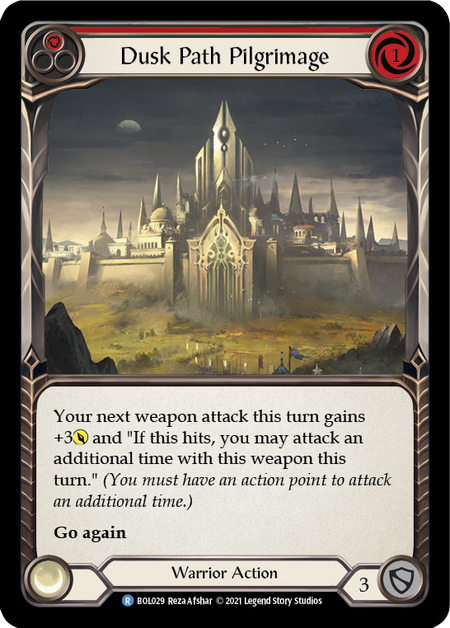
Of course, Warriors live and breathe in the reaction phase. Their card pool is disproportionately attack reactions, and both Dorinthea and her signature weapon, the Dawnblade, reward you for hitting. Warrior is a momentum class, and continuing to score hits has outsized importance in the gameplan.
Mixed Reactions
Many classes do sample attack reactions, but don't indulge nearly to the degree seen above. The reasons why point to the varied considerations that go into your choice to include attack reactions or not.
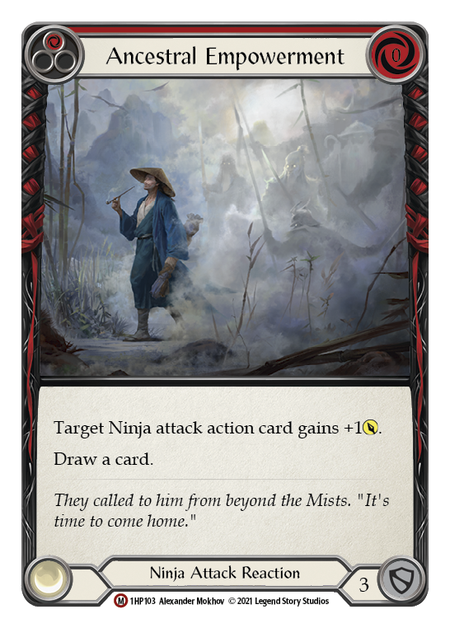
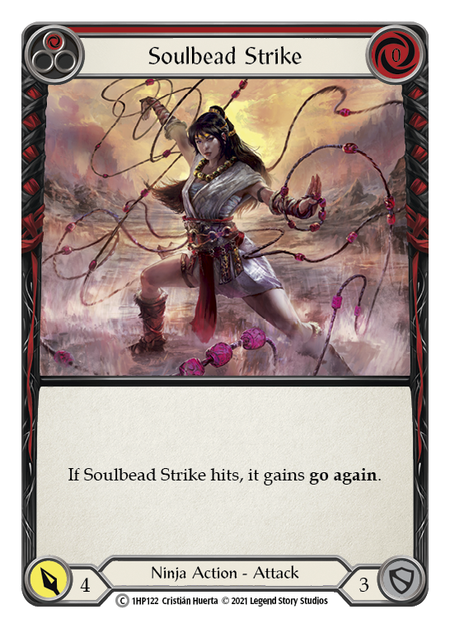
Ninja is a class with on-hit effects that really matter - because many of them give you go again. Without hitting, your turn will end abruptly, and you won't realize the power that the class unlocks as it gets further down the combat chain. But we don't typically see Ninjas stuffing their decks with reactions for exactly the same reason: Ninjas would prefer to have more attacks in their hand to draw out the length of the chain. This is why Ancestral Empowerment is such a strong Majestic staple: it gives you the +1 to ensure a hit, while replacing itself in your hand.
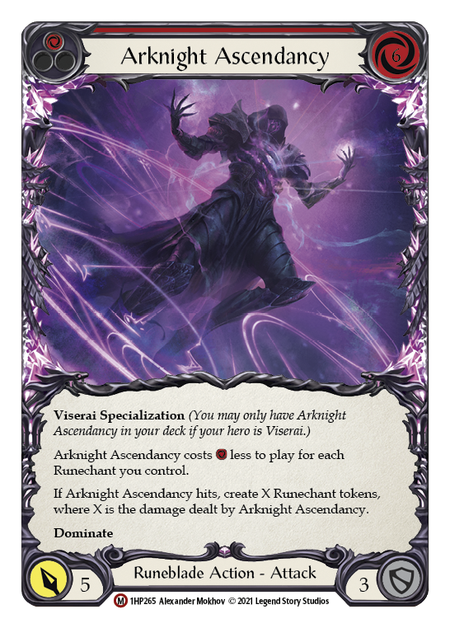
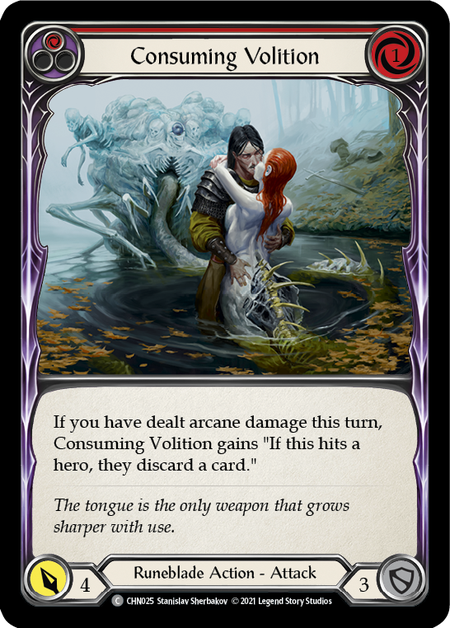
Runeblades similarly have a mixed relationship with attack reactions. Notably, Runeblades have a lot of variety in their attack costs and patterns; this makes it hard to effectively pair an attack reaction with a qualifying and relevant attack. Both Consuming Volition and Arknight Ascendancy are prime candidates for a timely attack reaction - but one requires a Razor Reflex, while the other needs a Pummel. This leads to a dichotomy in which you might let your attack costs determine that reactions don't suit you, or you might let your reactions determine which attacks you choose to use.
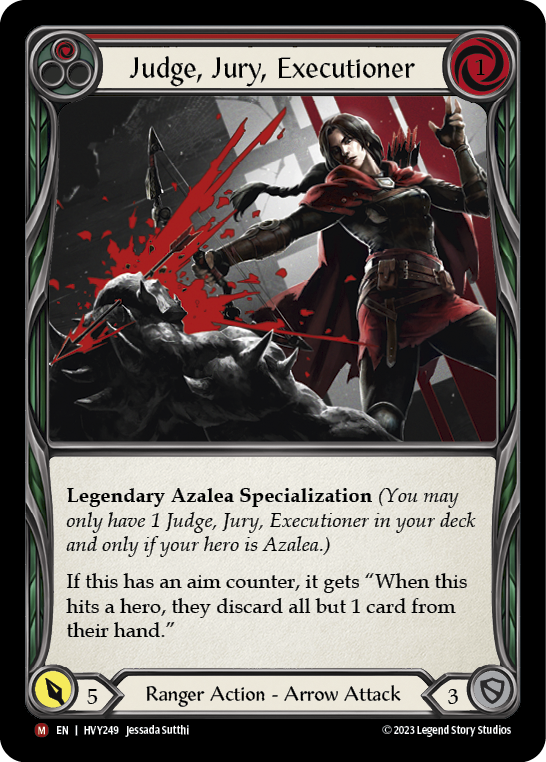
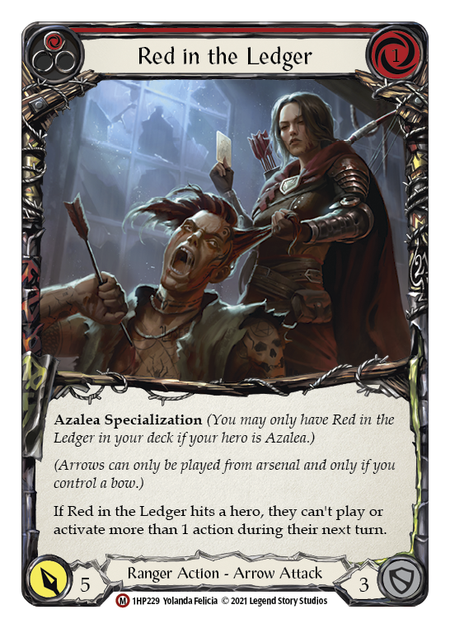
Rangers seem like prime candidates for attack reactions, but most shy away from them. Reactions are backbreaking when they wind up in your arsenal, but actions can typically be played out ahead of loading and firing an arrow. Azalea has another way to ensure her attacks hit: dominate. By playing attack-buffing actions out ahead of her dominated arrows, Azalea can get the benefit of climbing without the risk.

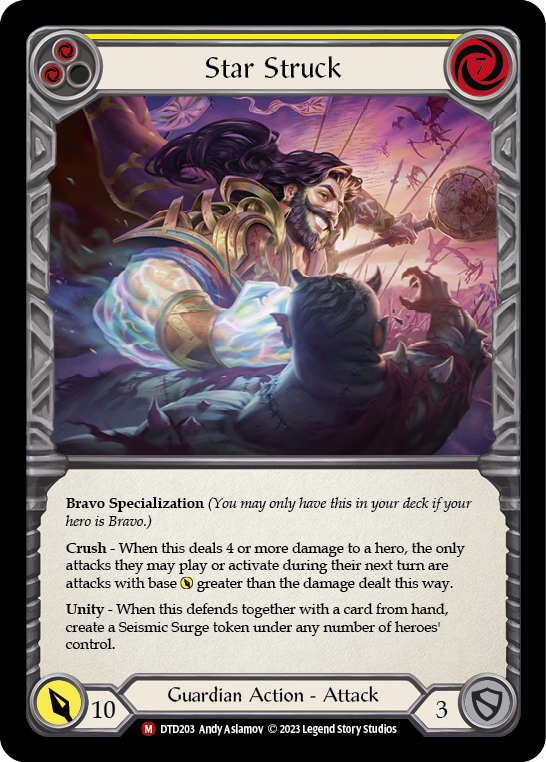
Despite similar access to dominante, Pummel is a standard inclusion in Bravo decks, because Bravo can afford to sit on it in arsenal or simply use it as a pitch card. And because Guardians use such a high density of blue cards, they often have resources floating in their pitch zone to pay for the reaction. The ability to pay for reactions is a major influence on who does and doesn't run them.
Mind Games and Payment Plans
Raising your attack value with an attack reaction is great and all, but how do you ensure it remains effective as your opponent learns to expect it? To do that, you have to keep them guessing. And to do that, you need two things: excess resources, and ways out.
Guardians are surprisingly great at the reaction game, despite only using a single generic in the form of Pummel. This is because they effortlessly generate an excess of resources with their blue-skewed cost curve. When you've got 2 resources left and a single card in hand - or arsenal - you're threatening Pummel whether you have it or not. In that case, there's benefit to be gained from several possible responses:
You have the Pummel, and the opponent doesn't cover for it. They take damage and lose a card from hand.
You have the Pummel, and the opponent covers for it. You took more cards from their hand and get to keep your Pummel for next turn.
You don't have the Pummel, and the opponent covers for it. You took more cards from their hand and get to keep whatever it was you bluffed with.
This is only possible when you're facing the prospect of carrying a single card over to your next turn. A Pummel in hand with a card in arsenal and 2 floating resources is a poor outcome for option 2. This has chronically plagued Warriors, who often rely on external factors to get the most out of their reactions.
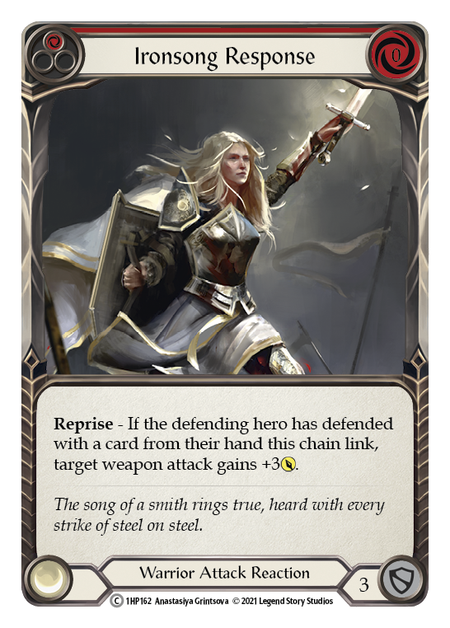
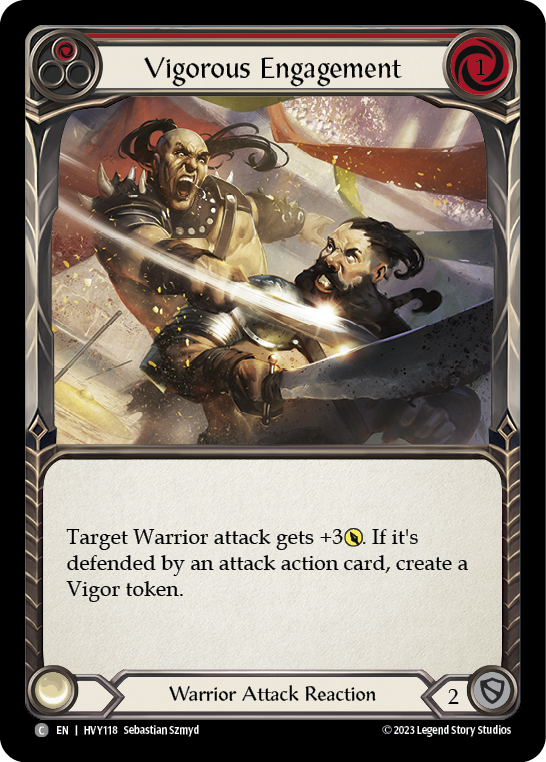
When Dorinthea ends the turn with a single card in hand, such as an Ironsong Response that couldn't be played because the opponent didn't trigger reprise, it's okay for her to carry it into the next turn in her arsenal. But if she was also holding a card in hand for resources, or if her arsenal is full, the lost value hand-over-hand can add up to a losing situation. Floating resources is much more of a commitment for Warriors, and can signal which reactions she's holding to a savvy and experienced opponent - which is why Grains of Bloodspill is such an impactful addition to the equipment suite.
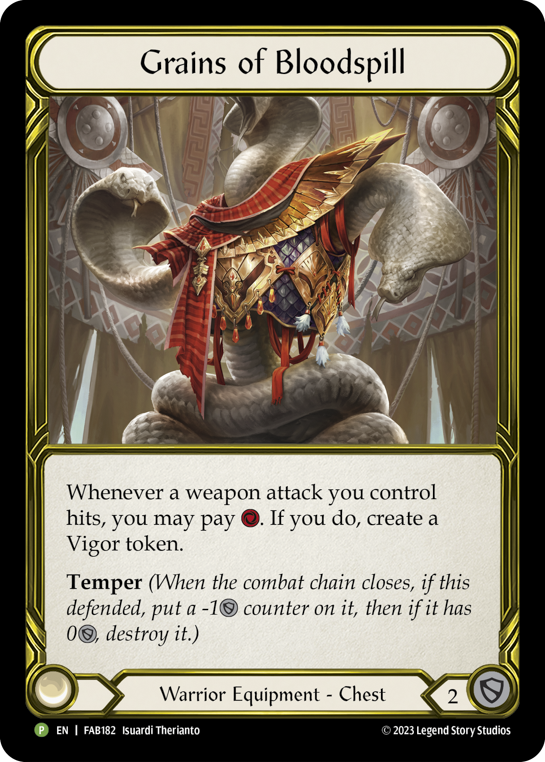
Creating a meaningful outlet for excess resources after the hit - whether they be floating resources now carried to the next turn or an unneeded card in hand that you can now cycle - goes a long way toward correcting the inefficiencies inherent to a reaction-based class. And it also allows Warriors to float resources more consistently, while getting real value out of those resources whether you react or not.
Resolving Reactions
With all that said, determining whether attack reactions have a role to play in your deck or not comes down to a few essential components:
Does it matter if my attack hits when my opponent attempted to block it out?
Can I surprise them with it, or does my deck's gameplan make it obvious?
Can I pay for it, or does accounting for the cost of the reaction mess up my play patterns?
By considering those elements, you should be able to arrive at a conclusion as to whether your deck could do with a few more reactions, or if you should free up those deck slots that you've always held for Pummel (I'm looking at you, Rhinar).




